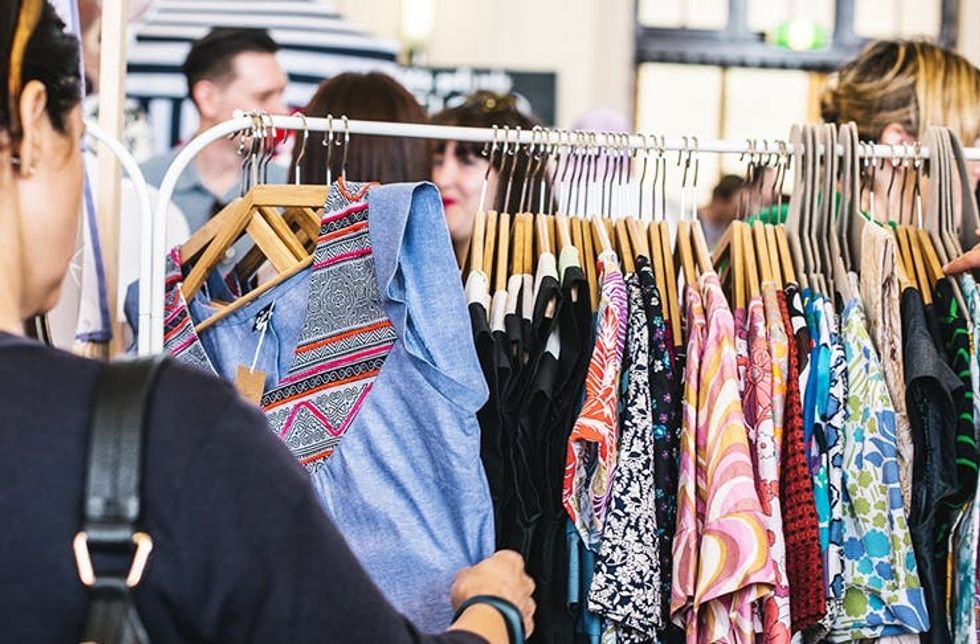Especially since there is no perfect solution, but full of very interesting solutions presenting their advantages and disadvantages. A little bit about the different facets of ethical fashion will help you make your own opinion.
1. Do you really need it?
In our opinion, it is the first question to be asked and also the most important why? Because it is more "sustainable" to avoid purchases. The best thing is always to maximize the use of the items that we already have in our closet. So, the first question, before setting foot in a store or opening the web browser to search for that item, is: do you really need it? If it's a NO, you can avoid buying altogether, saving time, money and waste.
It should also be noted that sustainable fashion does not simply mean buying organic clothes that are made responsibly. We should also consider the use we are going to give the garment; how often you expect to use the garment and how much use you will get from it. If you are buying another white shirt to add to the 10 you already have. It will be less likely that you will not use the tenth since you already have nine to choose from, do you really need it?
Do a little research
Before buying anything, it is advisable to find out some things about the brand in which we are interested, what is your supply chain, who makes the clothes, if they are paid fairly and they are working in safe conditions.
Visit the brand's website, read about the mission and what they are doing to produce fashion responsibly and ethically. There are more and more resources in the cloud that facilitate this task, ethical fashion guides and honest comments from clients who are online with just doing some searches online. We recommend the publications of the magazine options and Everlane's day market tote.
Make second-hand purchases first
Before buying something new, first try to find a second-hand item. In this way, you will make additional use of clothes that would otherwise be wasted; no new raw materials are needed. Check out eBay, thrift stores, and second-hand markets in your city.
Choose natural and ecological fabrics
Try to choose organic natural fabrics that are easily biodegradable, if possible, since synthetic fibers such as polyester and nylon release micro-plastics in our oceans when they are washed.
Focus on quality, not quantity
Choose quality over quantity always. Buy well-made items that are designed to last longer than low-quality items made at low cost.
Wash in moderation
We have been brainwashed to think that we need to wash the items after using them only once. Unless it is underwear, always wash all your clothes after a single use is a privilege at its best. Seriously, how dirty did you put your clothes after using it only once?
Much of the environmental impact of a garment occurs after the purchase, so it is very important to wash it only when necessary. Avoid dry cleaning, which often uses aggressive chemicals in their processes and chooses to wash in cold water whenever possible.
Take care of your clothes
Make your clothes last by taking care of your items after buying them. That way you do not need to buy periodically. Read the garment label and care instructions so you understand how to take better care of them.






 Photo by
Photo by 





